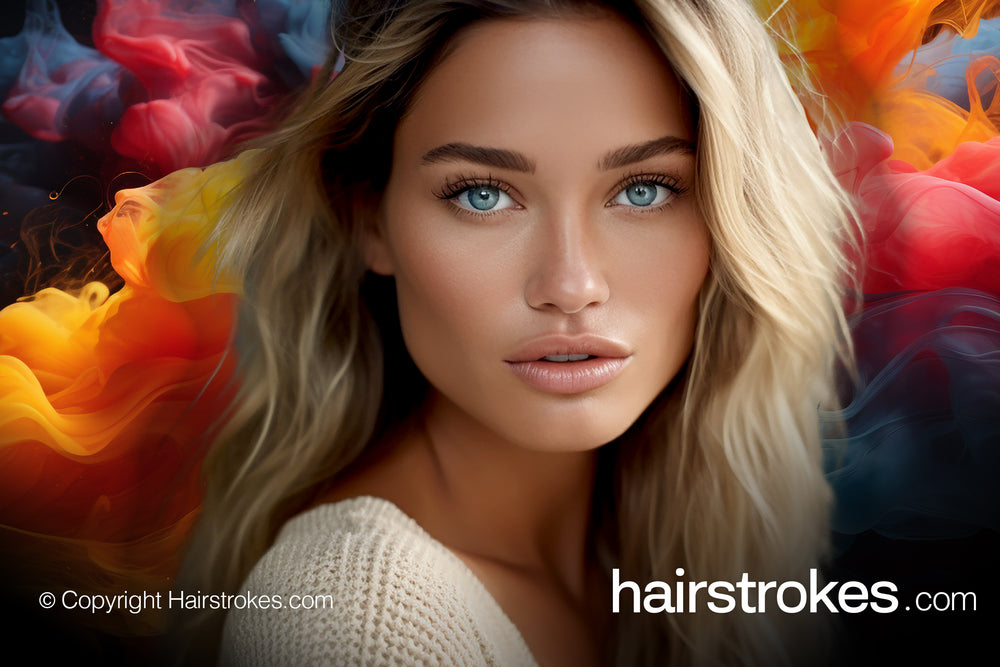10. Practical Mixing Suggestions
Mixing pigments, especially inorganic and organic types, involves understanding their chemical properties and behaviors. Here's a comprehensive guide to help you navigate this complex task.
Organic and Inorganic Compatibility
It's possible to mix inorganic and organic pigments, including those from different brands. However, this requires careful consideration of their chemical compatibility and stability. While some artists report difficulties blending inorganic mineral colors with certain organic compounds like Carbon Black (Black 2), it's not an absolute rule. The key is understanding the specific properties and reactions of the pigments involved.
Importance of Additives
The additives in pigments play a significant role in determining the outcome of a mix. Understanding the chemical makeup of the pigment's "carrier" part is essential. Ensure the additives in the pigments you're mixing are compatible, ideally having similar compounds listed as their primary components. Mismatched additives can lead to unpredictable reactions and destabilize the mixture.
Micronization and Particle Sizes
Mixing pigments with vastly different particle sizes is generally discouraged. Different particle sizes can lead to uneven dispersion, complicating application and healing. Before mixing, research the micronization levels of the pigments to ensure their particle sizes are compatible. This step helps avoid time-consuming and potentially unsuccessful mixing attempts.
Chemical Compositions and Mixing
Different chemical compositions, such as those between elemental carbon-based pigments and inorganic mineral pigments, can interact unpredictably. For example, while Furnace Carbon black (black 2) may present challenges when mixed with certain inorganic pigments, others like Channel black and Thermal black (CI 77266) may mix more successfully. Always consider the specific chemical makeup and potential interactions of the pigments you mix. Quality and Formulation Considerations
The quality and formulation of pigments, especially when mixing different brands, are crucial. Each brand's unique formula can include a variety of additives, stabilizers, binders, or fillers, which might interact in unforeseen ways when mixed.
Simplifying the Color Palette
Limiting the number of colors in a mix can make the process more manageable and the results more predictable. A focused palette of up to three colors, possibly supplemented by a neutralizer or corrector, allows for better control and consistency. This approach simplifies adjustments and understanding of pigment interactions.
Performing Patch-Tests
Conduct patch and stability tests before fully committing to a pigment mix. Applying the mix to a small skin area helps ensure there are no adverse reactions and assesses the color's stability over time. This step is crucial for confirming the safety and effectiveness of your mixture.
The Water Test
While some artists use a water test to gauge immediate solubility or compatibility, it's important to remember that skin is a far more complex environment. A water test might provide some initial insights, but it's not a comprehensive method for predicting long-term stability in the skin. Use it as a preliminary step, but follow up with more specific tests.
Relying on Comprehensive Testing
While water tests can offer some clues, they shouldn't be your sole method for assessing pigment mixtures. More thorough testing methods, like patch tests and stability tests on actual skin, are vital for accurately determining the behavior and compatibility of pigment mixtures.



